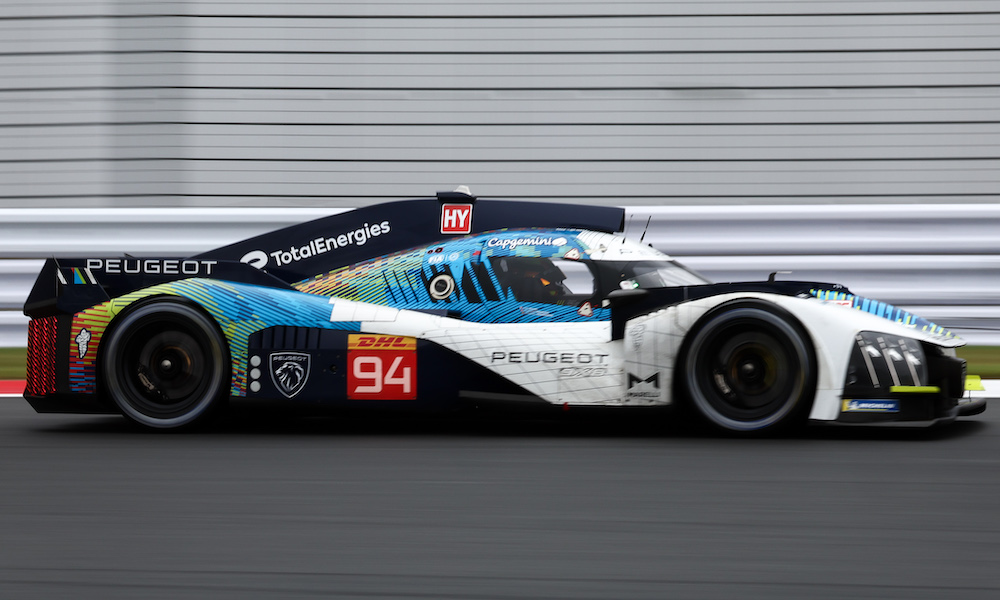Peugeot has bowed to the inevitable with the updated version of its FIA World Endurance Championship contender, the 9X8 2024, which is set to debut at the 6 Hours of Imola next month.
The French manufacturer has equipped its hybrid-powered LMH prototype with a rear wing, abandoning the ambitious and unique wingless concept that turned heads when it arrived on the grid in 2022.
The original 9X8 relied upon underfloor downforce generation and a front weight bias. It was designed to extremes, taking full advantage of regulations that made the aerodynamic target relatively easy to hit, while also using a powerful front hybrid system and, by regulation, front tyres the same width as the rears. That combination enabled Peugeot to take a bold decision and forgo having a rear wing. Even before it raced in anger, it gave the biggest endorsement to the LMH rules regarding their ability to foster distinctive designs.
Although eye-catching, the car rarely lived up to Peugeot’s lofty expectations on the track, recording just one podium in 11 outings. It had a strong run at last year’s 24 Hours of Le Mans, holding the lead for several hours until a crash, but that was counteracted by disastrous races elsewhere such as the 2023 rounds at Sebring and Fuji. At those tracks, it was far off the pace as the narrow rear tyres provided inadequate traction in the low-speed corners. Its performances largely relied on circuit characteristics, compromising its ability to be a WEC title challenger.
Technical rule changes during the 9X8’s development compromised the wingless concept and led to Peugeot conforming with the conventional winged Hypercar designs (although it has retained much of the original car’s flavour). Toyota was the other manufacturer to develop an LMH hybrid during a turbulent period from a regulation perspective, when the requirements for LMH machinery were changed to accommodate the arrival of the oncoming LMDh platform. This was to ensure the healthy grid that the WEC enjoys today.
For example, the FIA and ACO castrated the four-wheel-drive element of the LMH hybrids, introducing a minimum speed at which the electric motor would activate. They also mandated open differentials and introduced an adjustable anti-roll bar. Toyota and Peugeot started with the same width tyres at both ends of their cars, but the former…
Click Here to Read the Full Original Article at Racecar Engineering…

